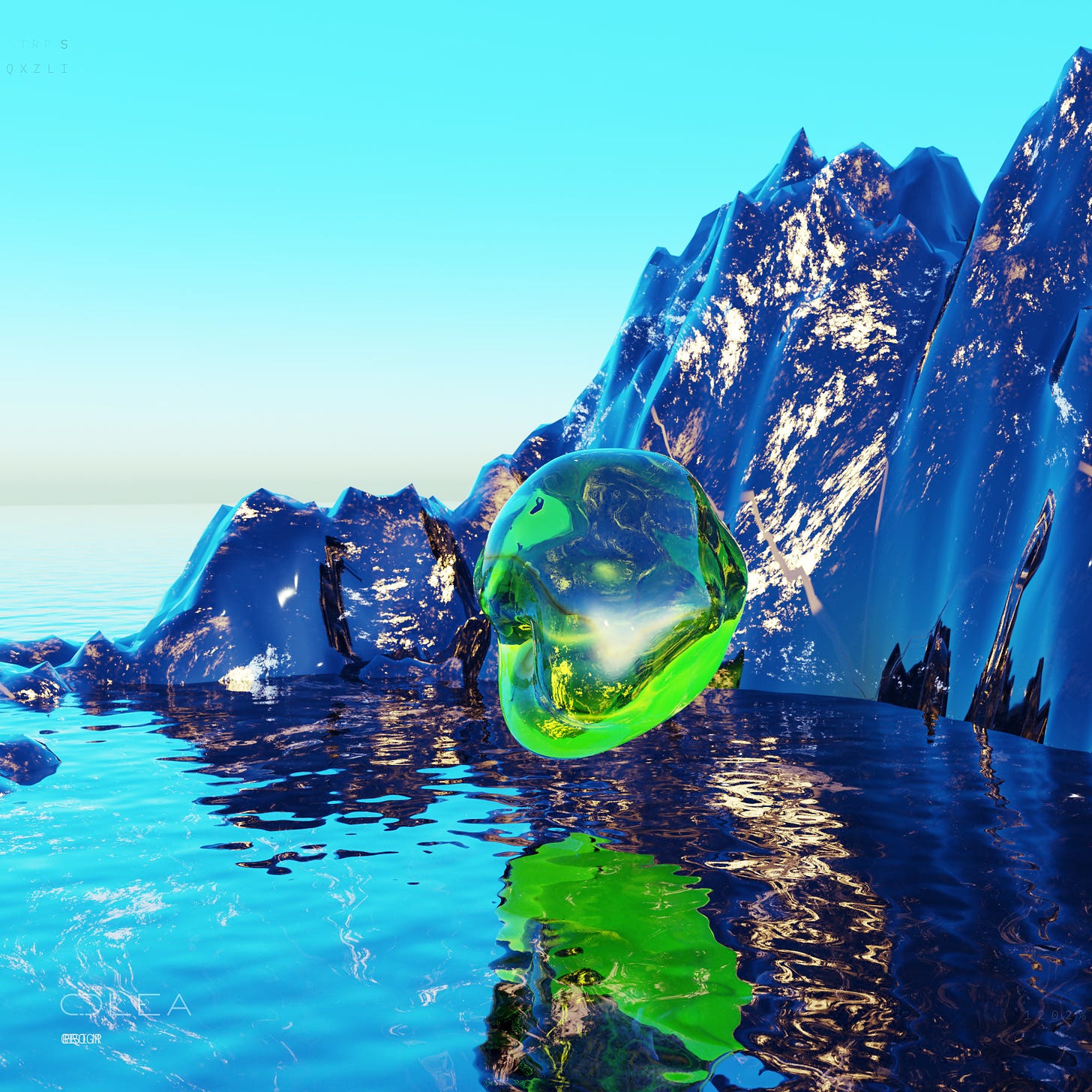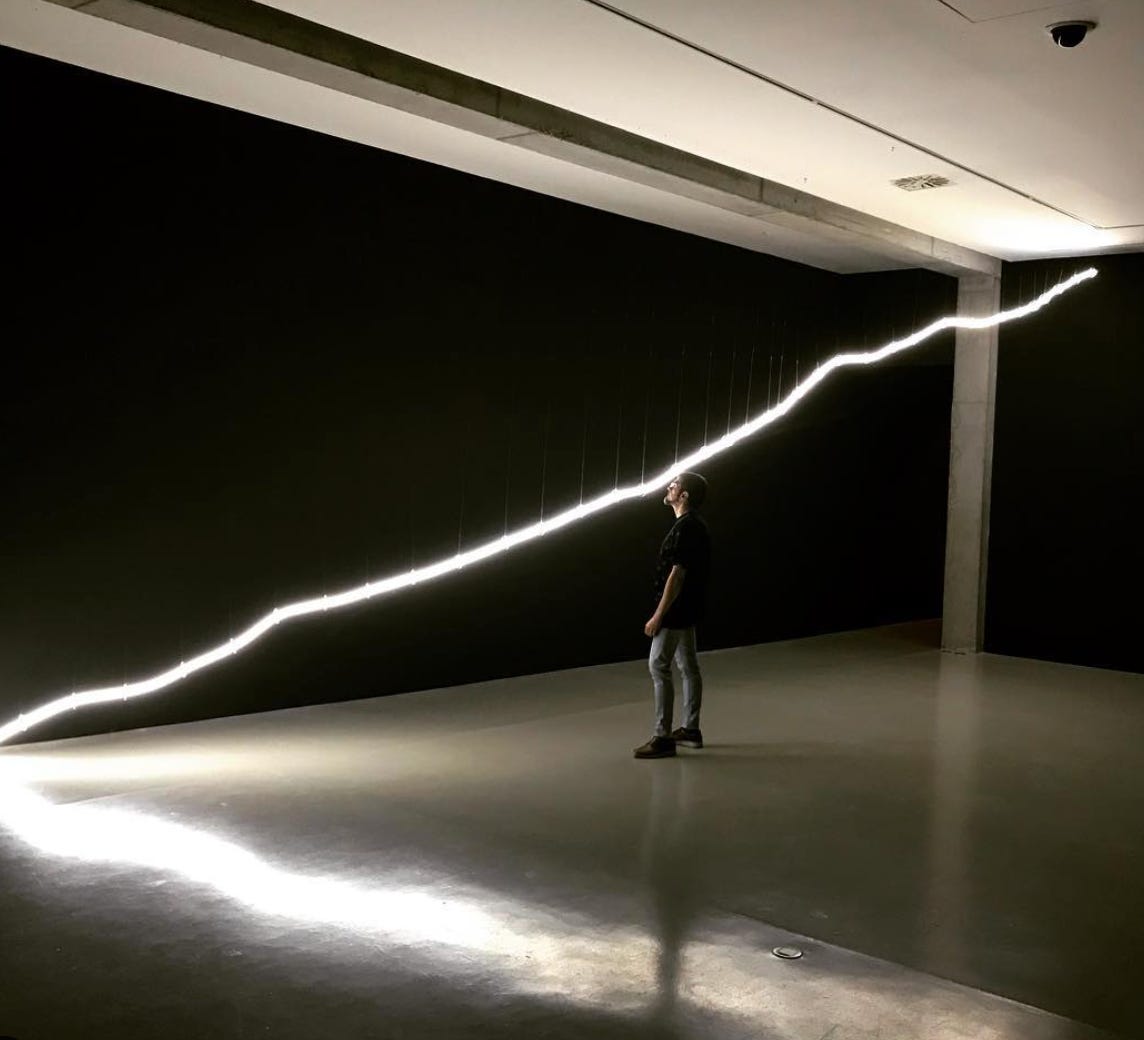Share the post "Biotechnology and Science in the Art of New Media Artist Soliman Lopez"
Tell us what you do and your beginnings.
I consider myself a conceptual artist, shaped by my studies as an art historian and my interest in an intellectualized society. Currently, I work at the intersection of art, science, technology, biotechnology, artificial intelligence, and other tools intrinsic to the digital revolution.
What does your work aim to say?
I am deeply committed to imagining new possible futures for humanity. We live in a highly complex moment in many ways, alongside an incredible loss of values across different sectors of society. We are oversaturated with information and stress, which complicates our ability to envision an exciting and hopeful future.

© SLSTUDIO
I see art as a powerful tool for communication that must address themes that drive change for our species and the Earth, the environment we inhabit. This line of thought is leading me to work with various technologies, but most importantly, it is bringing me closer to nature and a deeper understanding of it. I want to share this vision through my work.
Where do you find inspiration for your art?
The digital revolution itself is incredibly inspiring. Every emerging technology carries with it a social shift that manifests in how we communicate, the economy, our perception of the world, medicine, and so on. There is an enormous amount of information in this realm to analyze and restructure. With a creative perspective, these can yield artistic results.
Additionally, as I mentioned earlier, this vision of a world breaking apart due to human activity opens up a vast field of artistic opportunities. Ultimately, what inspires me most is humanity and its relationship with its environment—both positive and negative.

© SLSTUDIO
Could you give us some insight into your creative process?
After identifying points of interest in the current relationship between art, science, and technology, I begin a research process. This is often quite scientific and leads me to collaborate with other professionals, such as biologists, physicists, programmers, or even philosophers.
Continue on MuseumWeek Magazine.
